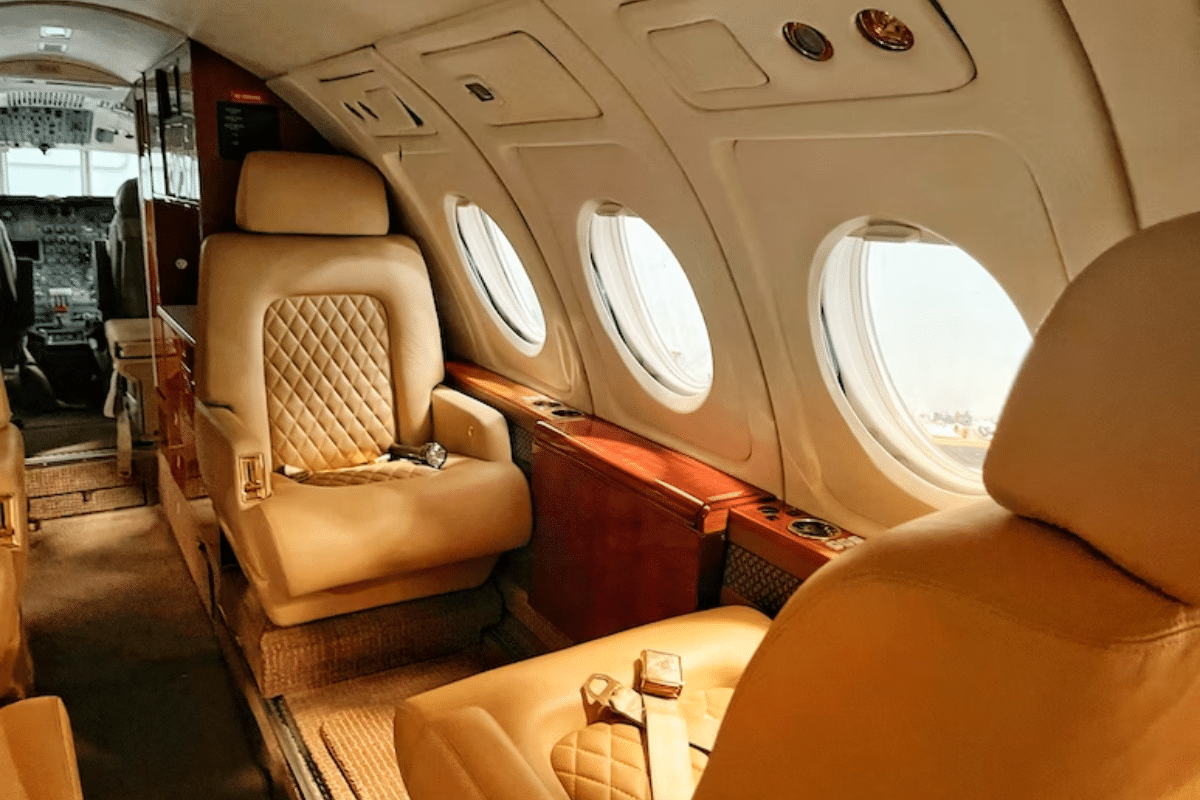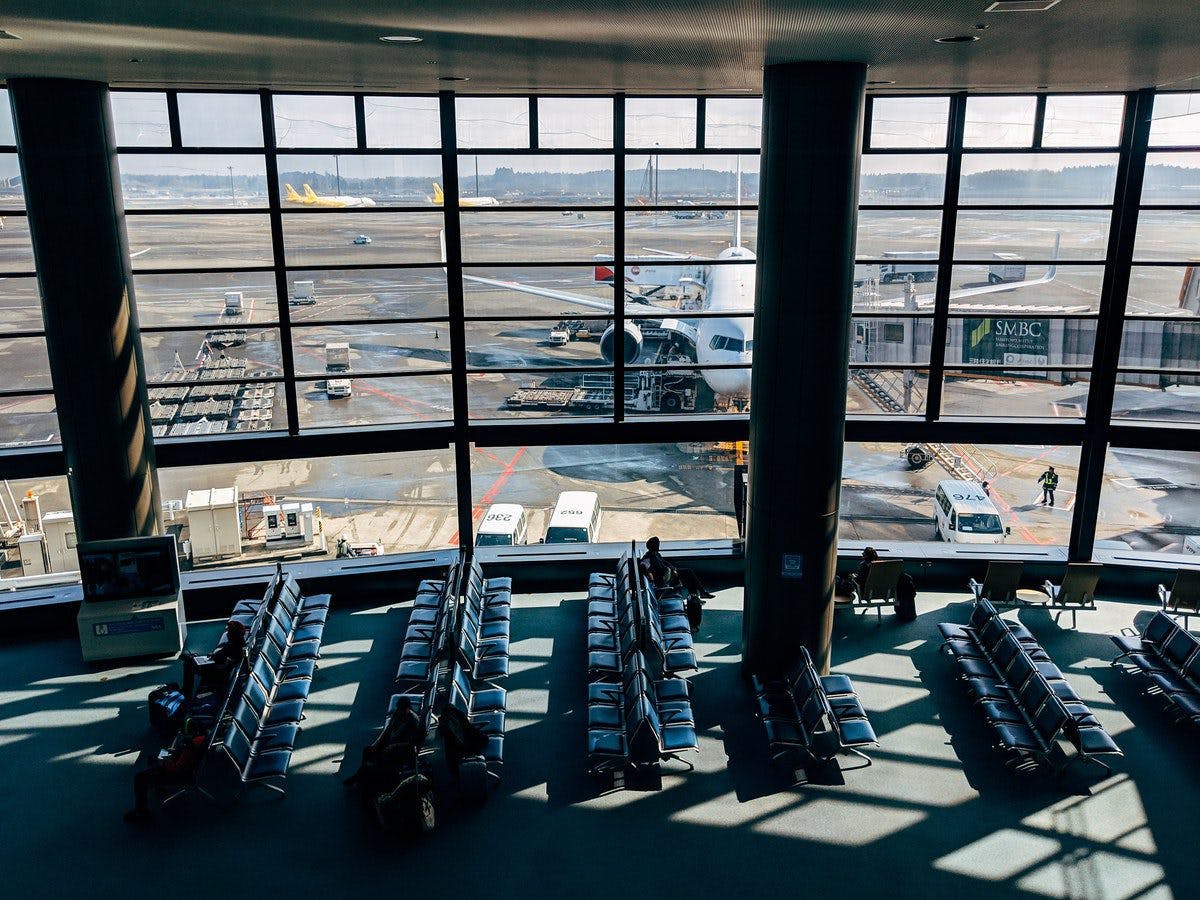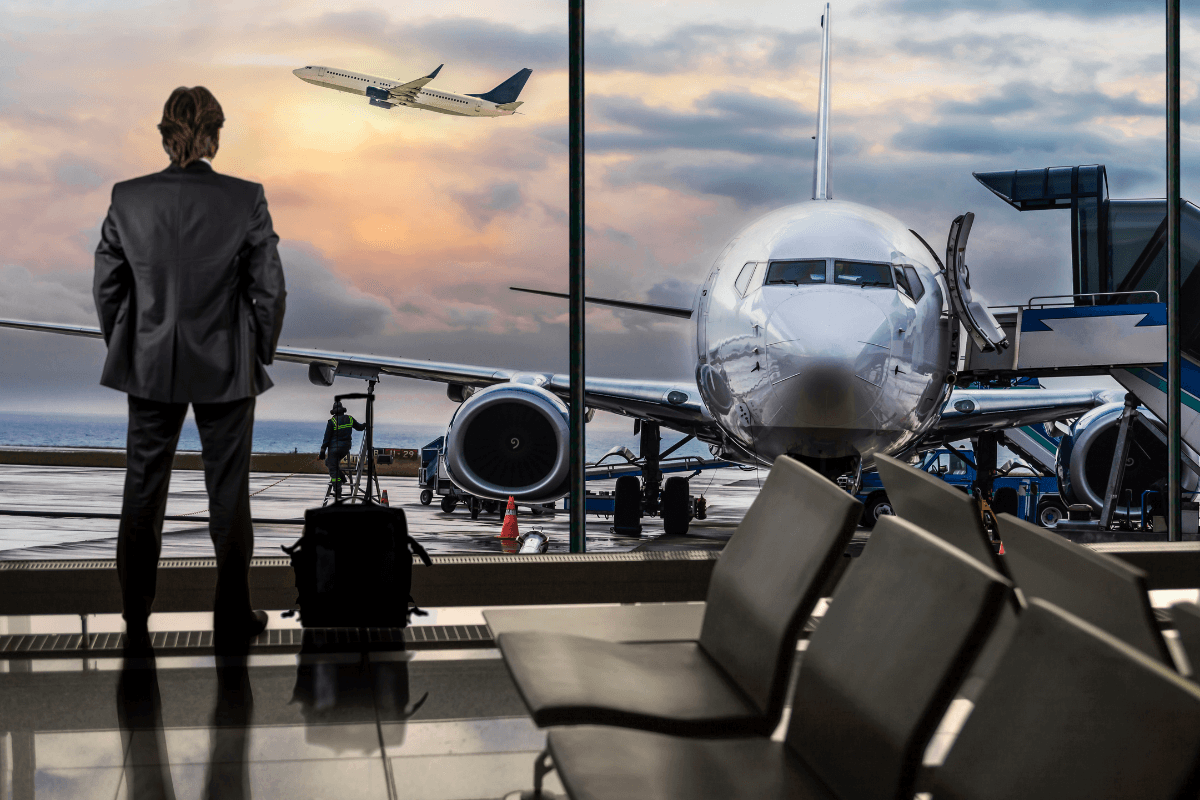Travel
If you want to learn how to travel for less, whether it's flights, hotels or travel insurance, you've come to the right place.
Popular articles about travel

The 14 Best Travel Credit Cards in Canada
Meagen Seatter - 28 Sep 2023

5 Prepaid Cards to Consider for Travelling
Meagen Seatter - 03 Jan 2024

The 12 Best Travel Apps That Save Money for Canadians
Arthur Dubois - 04 Aug 2023

How to Start Travel Hacking in Canada in 2024
Thomas Guenther - 27 Sep 2023

Can You Fly With Weed in Canada?
Emma Martin - 09 Jan 2024
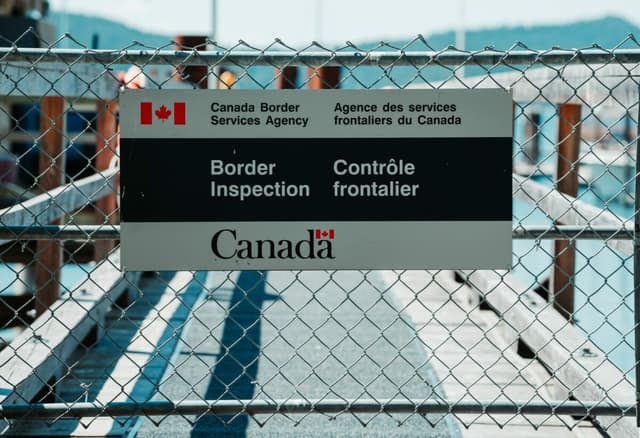
Benefits of the NEXUS Card and How to Get One for Free
Maude Gauthier - 13 Jun 2024
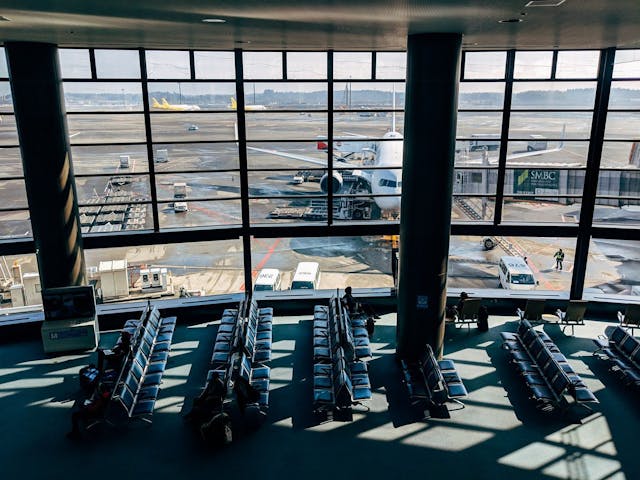
How to Access Airport Lounges For Free in Canada
Maude Gauthier - 28 Dec 2023
Frequently asked questions about travel
Are plane tickets cheaper on Black Friday?
Black Friday is known for providing deep discounts to customers at retail and entertainment centres. Airlines may occasionally also provide cheaper rates on Black Friday, but it is really dependent on each airline and may only be provided on specific routes that the airline flies. To be sure that you are getting a good deal, it is always a good idea to check airline websites or social media pages. Airlines will usually start promoting such discounts a few weeks earlier to stimulate customer demand, and you can take advantage accordingly.






